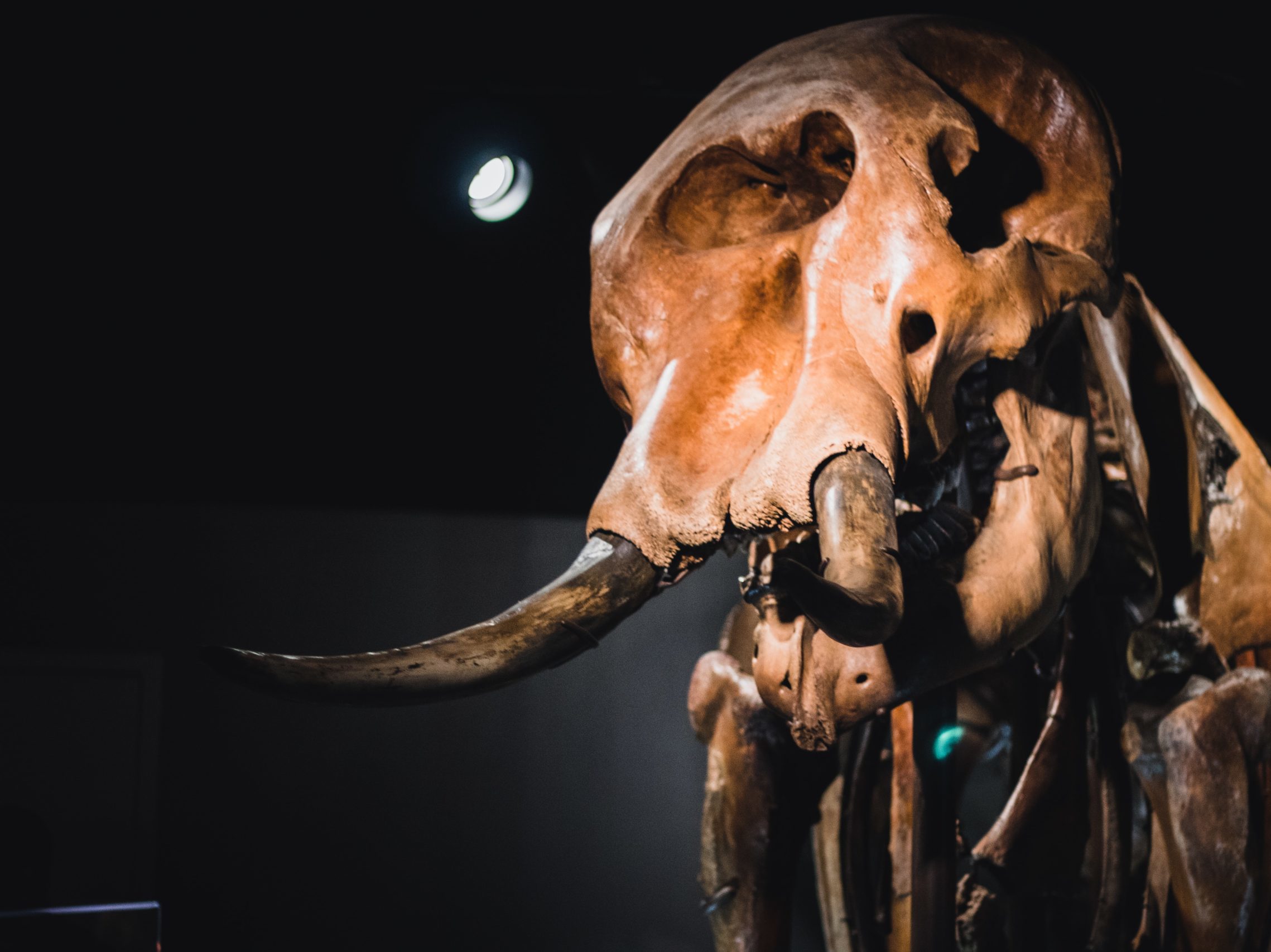1/30/23
One of the most famous movies of all time, Jurassic Park and its subsequent sequels are based on the theory of reviving extinct dinosaur species into the modern day. What if such a thing was actually possible? Well, the bioscience corporation Colossal claims to be working on just that.
The goal of Colossal is to revive extinct species such as the wooly mammoth and the thylacine, more commonly known as the Tasmanian Tiger. Colossal claims it will be able to revive both species through the use of collected DNA, CRISPR genetic engineering, and surrogate hosts to deliver the new hybrid species. All of this is with the goal of helping the planet heal from the losses of such creatures.
In the case of the thylacine, this would mean reversing an extinction caused by humans themselves. The thylacine went extinct on the mainland and Papua New Guinea 2,000 years ago, however they continued to survive in Tasmania, an island off the southern coast of Australia, until the mid 20th century. Unfortunately, with the establishment of the first European colonies on the island also came many bounties being placed on the small marsupials as they were incorrectly blamed for the loss of livestock. Between 1830 and 1920, it is estimated that 3,500 of the 5,000 remaining thylacines were killed from bounties. The last known thylacine was shot in 1930. Now, many scientists seek to remedy this tragedy by using thylacine DNA to “revive” the lost species. They claim this would aid other Tasmanian wildlife, such as the Tasmanian devil by controlling the spread of disease among the species.
A similar argument is made for the revival of the wooly mammoth. The impacts of the loss of North American megafauna can be observed through Osage oranges. Osage-orange trees contain fruit that seemingly no modern creatures eat. However, they were once a primary food source of now-extinct megafauna such as the wooly mammoth and the giant ground sloth. The lifespan of an animal species and the lifetime of a plant species have vastly different timelines as far as evolution and extinction are concerned. Evolution has a very slow timeline – to these trees, the mammoths have only just disappeared. As a result, the species is slowly beginning to die out. This is true for a number of different kinds of plants, as the extinction of animals leads to a disruption in the ecosystem, and many of these extinctions were caused by humans. As such, many argue that it is our responsibility to revive and protect these lost species. Reviving the wooly mammoth could eventually prevent the extinction of other species such as the Osage-orange tree, although it would be an exceptionally long time before that would be possible.
This effort has been met with much criticism, as many question the morality of genetic engineering and what these developments could mean for humans in the future. Additionally, many scientists believe the idea to be naive. With the length of time required for such research and testing, there will be no natural habitat left for these previously extinct species to inhabit. They suggest that rather than providing hope for the scientific community, they take focus away from endangered species that are in need of conservation in the present. They worry that the success of such a project would actually have an overall negative result, as people would not care about the extinction of more species because they could simply reverse it later.
Regardless of the solution, the problem remains the same. Animals are dying off rapidly due to human interference, damaging the ecosystems they previously inhabited. The wooly mammoth is an example of an accidental extinction, whereas the thylacine is an example of a very purposeful one. Whether through the revival of ancient species or the protection of endangered ones, humanity has an obligation to prevent this damage from continuing.

